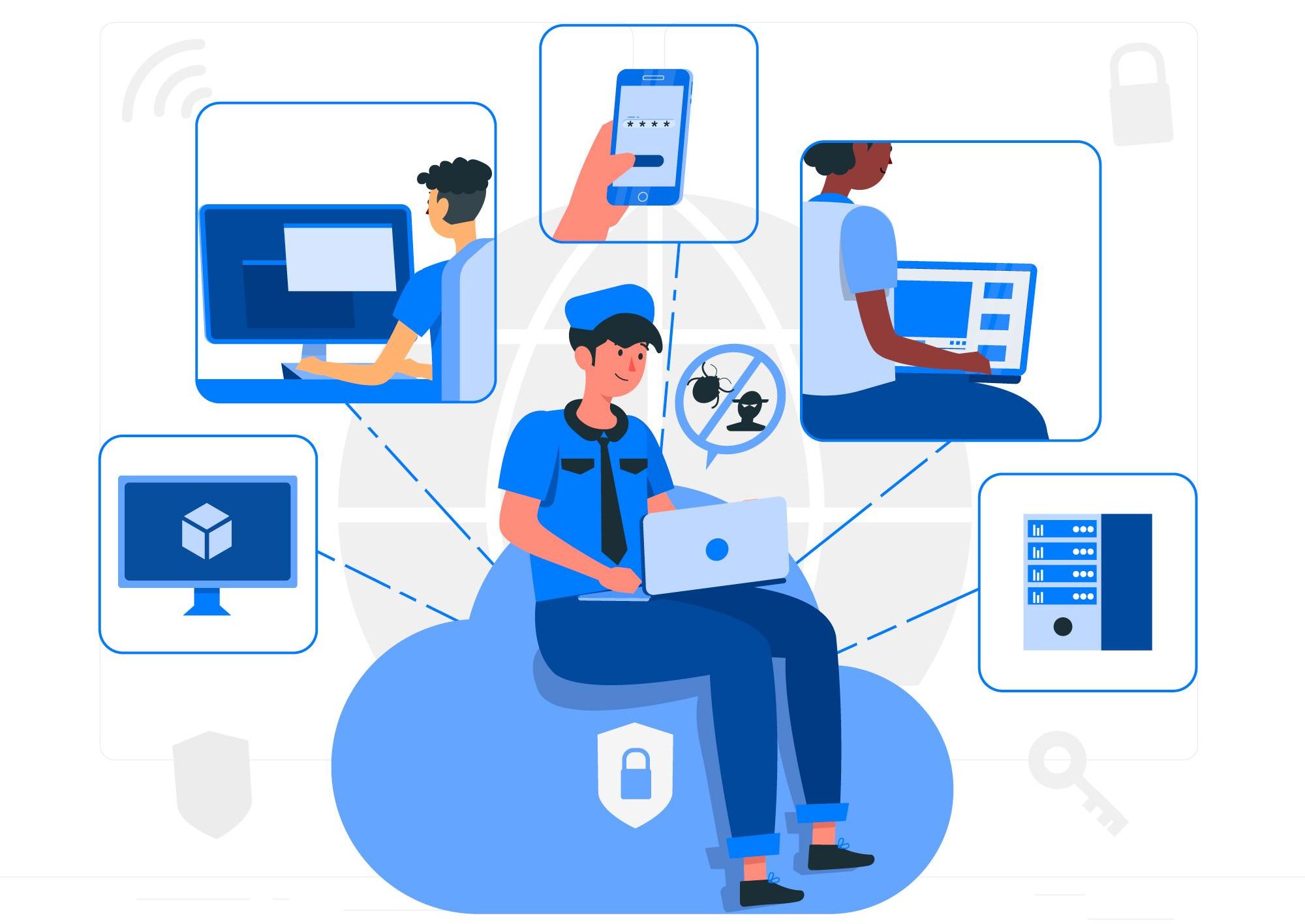How to Create an IVR System: A Comprehensive Guide for Beginners
Interactive Voice Response (IVR) systems have emerged as a crucial tool in a world where customer service and communication are pivotal for business success. These systems facilitate efficient interaction between companies and customers by automating inquiries and directing calls. But how can one create an IVR system from scratch? Fear not, as this article will guide you through the process in simple, easy-to-understand steps.

Understanding IVR Systems
An IVR system is an automated telephony technology that interacts with callers, gathers information, and routes calls to the appropriate recipient. Understanding its functionality is crucial before diving into its creation. Imagine it as a digital receptionist, guiding callers through various options using keypad inputs or voice commands.
Planning Your IVR System
Before embarking on creating an IVR system, meticulous planning is vital. Define the purpose, identify user needs, and outline the desired call flow. Consider aspects like language preferences, menu options, and prioritizing frequently asked questions.
Designing the IVR Structure
The backbone of an effective IVR system lies in its structure. Organize menus logically, keeping options concise and easily navigable. Aim for simplicity to prevent caller confusion while ensuring comprehensive coverage of potential queries.
Choosing the Right IVR Software
Selecting suitable IVR software that aligns with your business requirements is paramount. Look for user-friendly interfaces, scalability, and compatibility with your existing systems. Cloud-based solutions often offer flexibility and easy integration.
Recording Customized Voice Prompts
Crafting clear and welcoming voice prompts is crucial for an engaging user experience. Use a friendly tone, incorporate your brand’s personality, and keep prompts succinct. Consider professional voice talents for a polished touch.
The Significance of Phone Surveys for Businesses

Phone surveys serve as a vital resource, providing direct feedback from customers. Integrating Interactive Voice Response (IVR) technology revolutionizes these surveys, ensuring ease and efficiency in collecting feedback. This direct line of communication fosters higher customer satisfaction, loyalty, and a tangible demonstration that their opinions hold significance.
Thanks to advancements in cloud-based telephony and voice-recognition technology, leveraging IVR in phone surveys is more accessible and impactful than ever.
Integrating IVR for Effective Phone Surveys

How to create an ivr system demands meticulous planning and the right tools. Responsive IP offers robust IVR technology that simplifies survey distribution and customization.
Steps to Initiate Phone Surveys with Responsive IP
- Registering with Responsive IP: Initiate your journey by sign up for telephone surveys with Responsive IP’s services, offering top-tier IVR technology tailored to simplify survey dissemination.
- Selecting the Suitable Survey Type: Understanding the survey’s purpose helps choose the right type: Inbound IVR Phone Surveys, Call Transfer IVR Phone Surveys, or Outbound IVR Phone Surveys. Each serves distinct functions and caters to diverse business needs.
- Customizing IVR Surveys: Utilize Responsive IP’s API to personalize and tailor IVR surveys, catering to specific and more complex survey requirements.
Best Practices for Crafting Engaging IVR-Based Phone Surveys
- Define Clear Survey Goals: Establish precise objectives for the survey to target specific areas for business improvement, such as customer service enhancements or product preferences.
- Maintain Conciseness: Keep the survey brief, ideally under five minutes, respecting the customers’ time and enhancing participation rates.
- Use Simple Language: Employ straightforward and commonly understood language to avoid misinterpretation of questions.
- Test the Survey: Conduct multiple trial runs to ensure the survey flows seamlessly and addresses potential drop-off points.
Implementing Call Routing
Efficient call routing ensures callers reach the correct department or agent promptly. Set up routing rules based on menu selections, caller input, or pre-defined criteria. Aim for minimal wait times and avoid excessive menu layers.
Testing and Fine-Tuning Your IVR System
Thorough testing is vital before deploying your IVR system. Conduct multiple test calls, analyze user experiences, and address any hitches. Continuously refine the system based on feedback for optimal performance.
Integrating Analytics for Optimization
Integrating analytics tools provides valuable insights into caller behavior and system performance. Analyze call data, identify bottlenecks, and make informed adjustments to enhance efficiency and user satisfaction.
Enhancing User Experience
User experience is pivotal in IVR systems. Regularly review and update prompts, streamline menu options, and implement user feedback. Aim for a seamless and intuitive interaction.
Cost Considerations and Budgeting
Budgeting for an IVR system involves evaluating initial setup costs, ongoing maintenance, and potential upgrades. Consider its value to customer service and weigh it against the investment.
Security Measures in IVR Systems
Ensuring the security of customer data within your IVR system is non-negotiable. Implement encryption, adhere to industry standards, and regularly update security protocols to safeguard sensitive information.
Future-Proofing Your IVR System
Technology evolves rapidly. Future-proof your IVR system by choosing scalable solutions, staying updated with industry trends, and planning for future integrations or enhancements.
Conclusion
Creating an IVR system requires strategic planning, user-centric design, and continuous optimization. Following these steps, you can construct an efficient IVR system that elevates customer communication and streamlines business operations.
Read about vtech business phone
FAQs About Creating an IVR System
How long does it take to create an IVR system?
Creating an IVR system’s timeline varies based on complexity but can take several weeks to months, accounting for planning, design, testing, and deployment.
Can I customize voice prompts to align with my brand’s personality?
Absolutely! Customizing voice prompts allows you to infuse your brand’s identity, ensuring a consistent customer experience.
Are cloud-based IVR systems better than on-premise solutions?
Cloud-based IVR systems offer flexibility, scalability, and ease of integration, often making them preferable for many businesses.
How can I ensure data security within my IVR system?
Implement encryption, comply with industry regulations, and regularly update security measures to safeguard customer data.
Is user feedback crucial for maintaining an IVR system?
Yes, user feedback helps refine the IVR system, enhance user experience, and address potential pain points.
Crafting an IVR system involves a blend of technical prowess and customer-centric focus. Implementing these steps ensures an effective strategy catering to business and customer needs.

